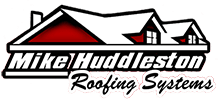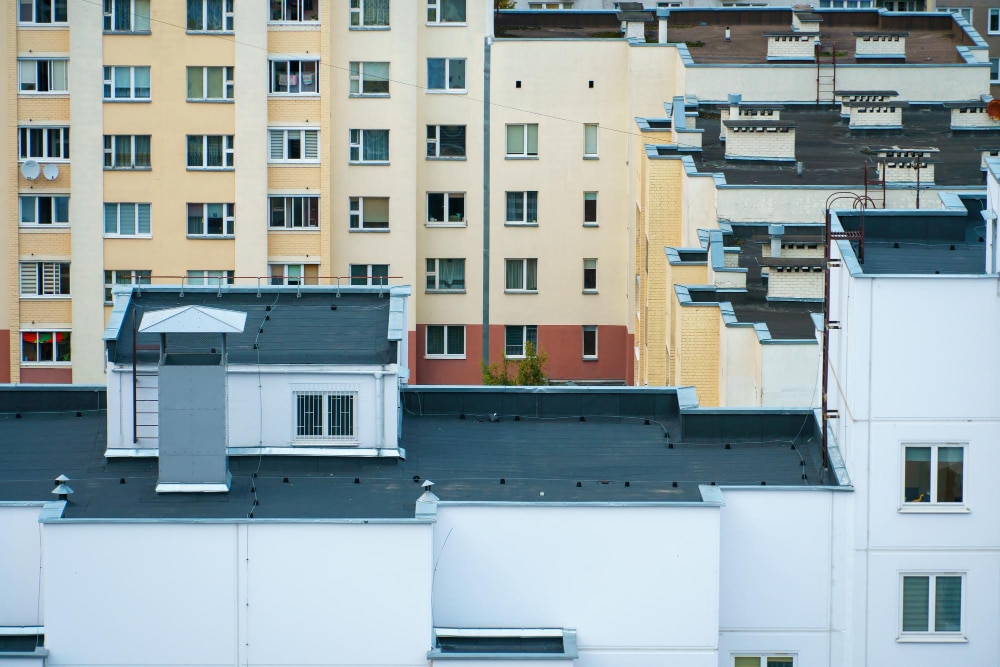Selecting and maintaining a flat roof for your commercial building is a critical task that can impact your business’s efficiency and bottom line. A flat roof, known for being cost-effective and versatile, offers several benefits, but it also requires careful consideration and regular maintenance to ensure its longevity. Making the right choice and staying on top of its upkeep can save you time, money, and potential headaches down the road.
Flat roofs come in different types, each with its own advantages and maintenance needs. Understanding these differences can help you make an informed decision that aligns with your building’s specific requirements. Additionally, knowing what to look for in terms of wear and tear can help you address issues before they turn into costly repairs or replacements.
Proper maintenance practices are essential for extending the life of your flat roof. Regular inspections and timely interventions can prevent minor issues from escalating into major problems. By being proactive, you can protect your investment and ensure a safe and functional environment for your business operations. Let’s dive into the essential aspects of flat roofs and how you can manage them effectively.
Understanding Different Types of Flat Roofs
Flat roofs come in several types, each designed to meet various needs of commercial buildings. The most common types include TPO, PVC, modified bitumen, and built-up roofing. TPO (Thermoplastic Olefin) roofs are known for their durability and energy efficiency. These roofs are made from a single layer of synthetics and reinforcing scrim that can last up to 30 years. They are resistant to UV rays, chemical exposure, and punctures, making them ideal for commercial settings.
PVC (Polyvinyl Chloride) roofing is another popular choice for flat roofs. PVC roofs are composed of a durable single-ply membrane, which is both flexible and long-lasting. They offer excellent resistance to chemicals, fire, and strong winds. Additionally, PVC roofs are energy-efficient due to their reflective surfaces, which help lower cooling costs.
Modified bitumen roofs consist of asphalt combined with modifiers and are applied in layers. These roofs are robust and can handle significant foot traffic and harsh weather conditions. Built-up roofing (BUR) is a traditional flat roofing method that uses multiple layers of bitumen and fabric. BUR systems are known for their durability and ease of repair but can be heavier and more complex to install compared to other types.
Key Factors to Consider When Selecting a Flat Roof
When choosing a flat roof for your commercial building, consider several key factors to ensure you make the right choice. First, think about the climate in your area. If your building is located in a region with extreme weather conditions, you need a roof that can withstand those elements, such as TPO or modified bitumen.
Next, evaluate the energy efficiency of the roofing material. Reflective materials like TPO and PVC can help reduce cooling costs, making them ideal for buildings in hot climates. Check for Energy Star ratings and other certifications that indicate high energy efficiency.
Maintenance requirements are another crucial factor. Some roofing types, like TPO and PVC, require less maintenance and are easier to repair than others. Also, consider the lifespan of the roofing material. Investing in a longer-lasting roof might have a higher upfront cost but will save money in the long run on repairs and replacements.
Lastly, take into account the building’s structure and any special needs it might have. For example, if your roof will frequently bear heavy equipment or foot traffic, you might prefer a more robust material like modified bitumen. Balancing these factors will help you select the most suitable flat roof for your commercial property.
Essential Maintenance Practices for Flat Roofs
Maintaining your flat roof is vital to keep it in good condition and extend its lifespan. Regular roof inspections are the first step in a good maintenance routine. Schedule these inspections at least twice a year, preferably in the spring and fall, and after any significant weather events. Look for signs of damage, such as cracks, blisters, or punctures, and address them promptly.
Cleaning the roof is another crucial maintenance task. Remove debris like leaves, branches, and dirt to prevent water pooling and clogging of drainage systems. Standing water can lead to leaks and other damage over time. Ensure that gutters, downspouts, and drains are clear and working correctly to facilitate proper water flow off the roof.
Fix any small issues as soon as they are noticed. Repairing minor cracks or leaks immediately can prevent them from becoming larger, more expensive problems. Use appropriate materials for patching and sealing to ensure a durable fix. Also, consider applying a reflective coating or sealant to protect the roof from UV damage and improve energy efficiency.
Signs Your Flat Roof Needs Repair or Replacement
Even with proper maintenance, flat roofs will eventually show signs of wear and tear that may indicate the need for repair or replacement. One of the most obvious signs is water stains on the ceiling or walls inside the building, which suggests a leak. If you detect any leaks, address them as soon as possible to prevent further damage.
Another sign to watch for is bubbling or blistering on the roof surface. This can indicate trapped moisture or issues with the roofing material. Pooled water or “ponding” that doesn’t drain within 48 hours after a rain also signals potential problems and may require corrective measures to improve drainage.
If you notice significant cracks, splits, or any areas where the roofing material has lifted or gotten damaged, it’s time to consider repair or replacement. Older roofs that have required frequent repairs in the past might be better off being replaced entirely. Evaluating the overall condition of the roof and consulting with a professional can help you make the best decision.
Conclusion
Selecting and maintaining a flat roof for your commercial building is a key aspect of ensuring its durability and longevity. Understanding the different types of flat roofs and considering important factors such as climate, energy efficiency, and maintenance needs can guide you in making an informed choice. Regular maintenance practices like inspections, cleaning, and timely minor repairs ensure that your flat roof remains in excellent condition. Being vigilant about signs of damage can help you avoid costly repairs and extend the life of your roof.
At Mike Huddleston Roofing Systems, we are here to assist you with all your commercial roofing needs. If you need expert advice on selecting, maintaining, or repairing your flat roof, contact our commercial roofing contractors today. Protect your investment and ensure your building stays safe and secure with our professional services.

